Rank Species | Genus Delphinium Higher classification Larkspur | |
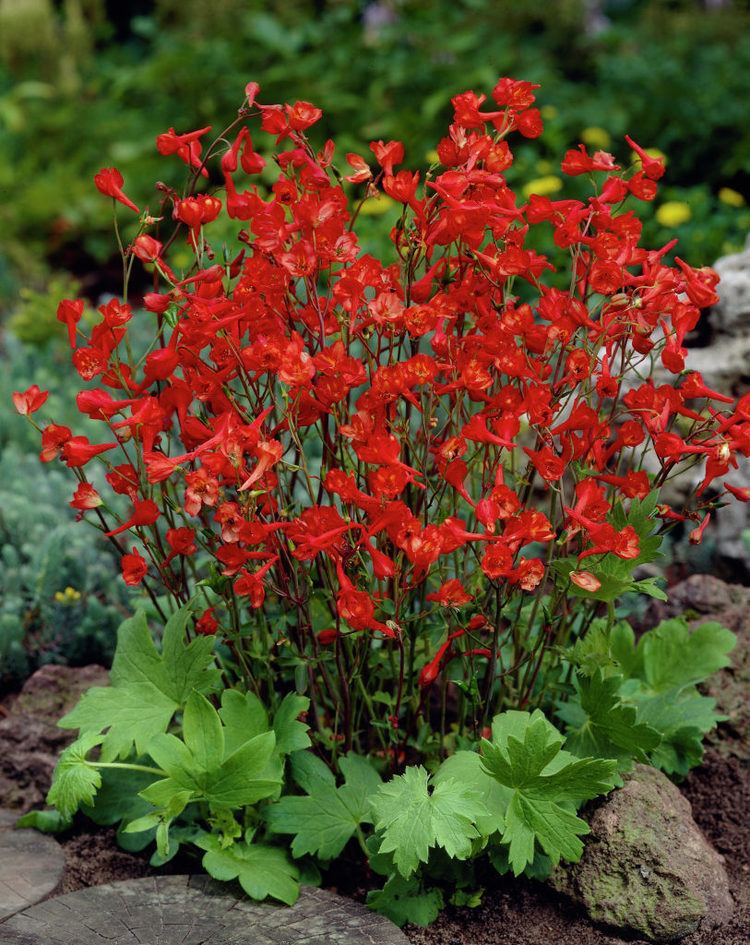 | ||
Similar Larkspur, Ranunculaceae, Delphinium glaucum, Delphinium cardinale, Delphinium luteum | ||
Delphinium nudicaule, known by the common names canyon larkspur, red larkspur, orange larkspur, and canyon delphinium, is a flowering perennial herb in the Buttercup Family (Ranunculaceae).
Contents
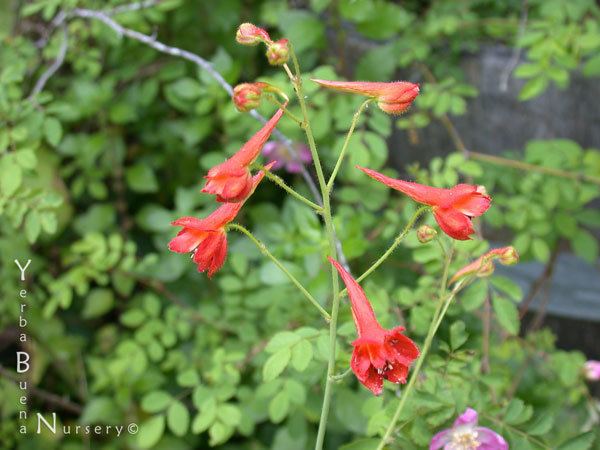
It is native to the low elevation canyons and slopes, foothills, and mountain ranges, of California from the Sierra Nevada to the California Coast Ranges, and of Oregon. It grows below 6,500 feet (2,000 m).
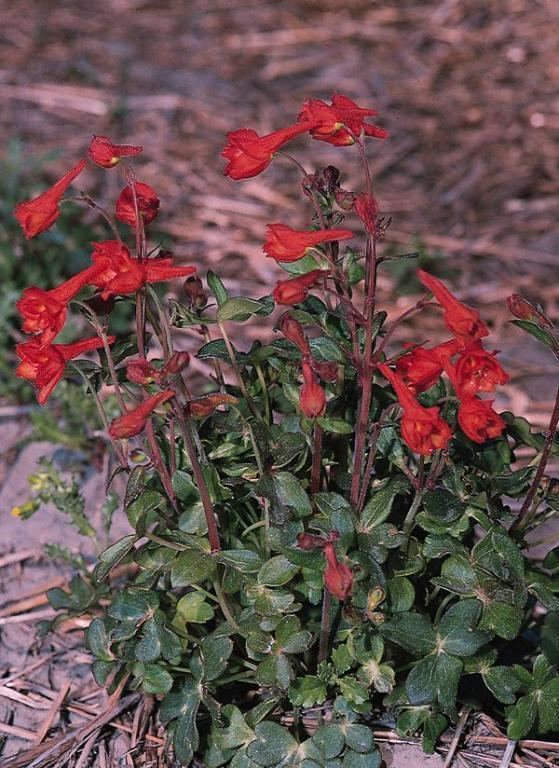
The plant sends up thin and long 1–2 feet (0.30–0.61 m) stems with finely dissected leaves. It bears attractive larkspur flowers in shades of red and orange. The flowers generally pollinated by hummingbirds.
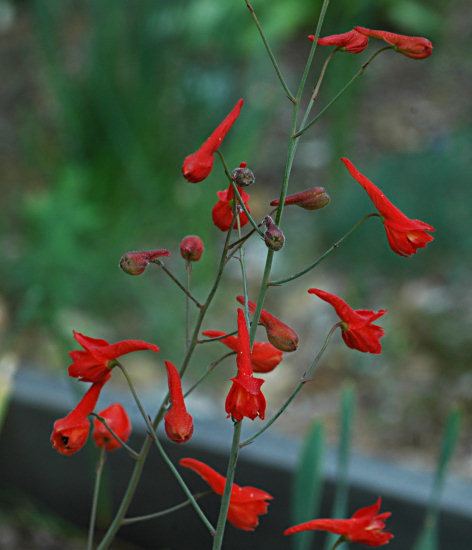
Uses
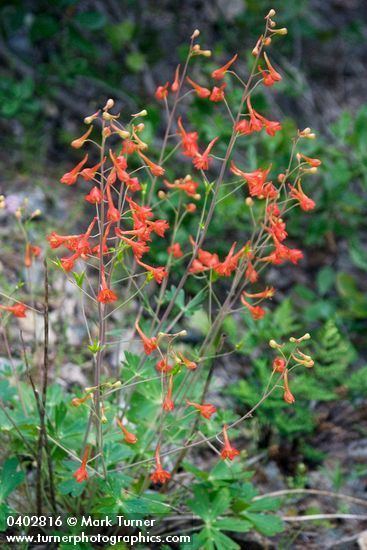
The root of Delphinium nudicaule has been historically used as a medicinal narcotic, chiefly by the Mendocino Native Americans of the Yuki tribe. The Concow tribe called the plant sō-ma’ in the Konkow language, and sō-ma’ yem (root).
Phytochemistry
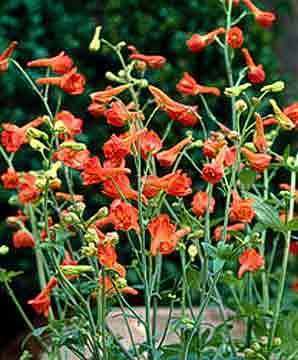
The first phytochemical study of this plant was carried out by Michael Benn and Palaniappan Kulanthaivel at the University of Calgary in Canada. These researchers reported the presence of a number of diterpenoid alkaloids: hetisine, 2-dehydrohetisine, 6-deoxydelcorine, dictyocarpine, dihydrogadesine, methyllycaconitine, lycoctonine, takaosamine, nudicaulamine, nudicauline, and nudicaulidine.
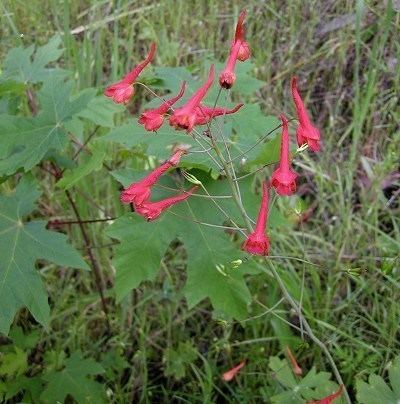
The presence of these alkaloids in D. nudicaule implies that the plant is likely to be quite poisonous. The LD50 for MLA is ~5 mg/kg, i.v., in the mouse, and the LD50 for nudicauline is ~3 mg/kg, i.v., in the mouse.
